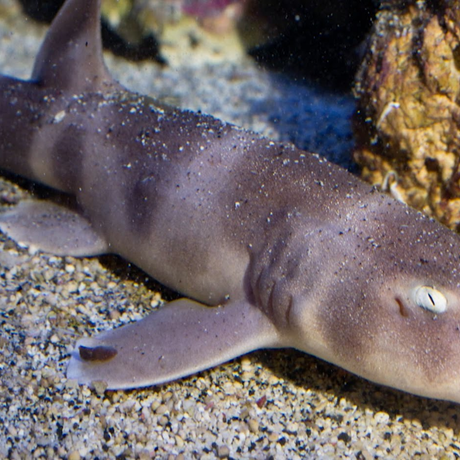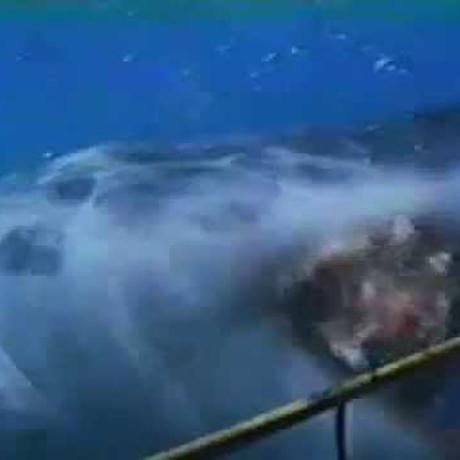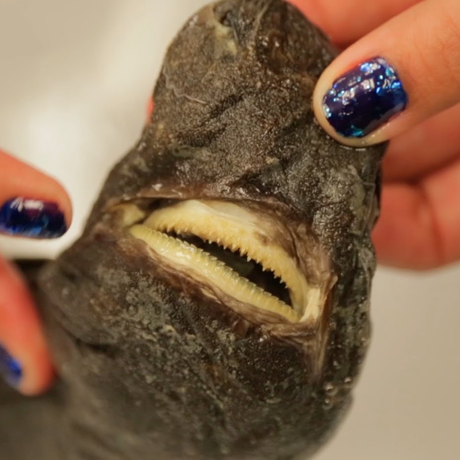DIY Science
Reef Lagoon Field Guide
Learn about the fish that call our Reef Lagoon home. Rays are part of a group of fish called elasmobranchs, whose skeletons are made of soft, flexible cartilage, while the other fish in the lagoon are teleosts, or bony fishes.
Cownose ray
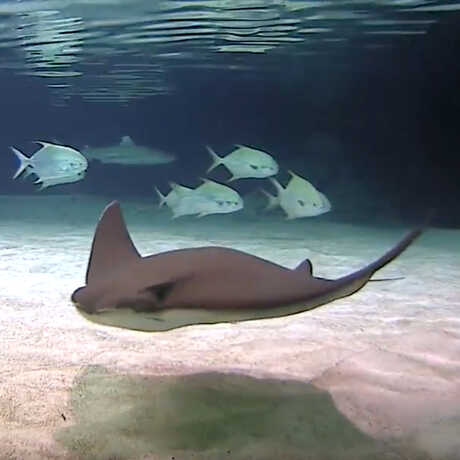
Scientific name: Rhinoptera javanica
Status: Near threatened
Diet: Clams, oysters, other invertebrates
Reproduction: Ovoviviparous—rays produce eggs that remain inside the mother’s body until they hatch, resulting in a live birth
Blue-spotted ribbontail ray
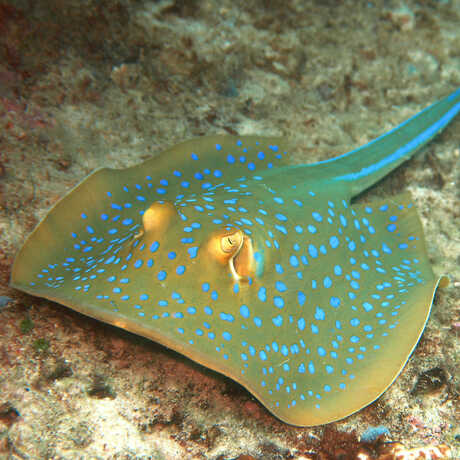
Scientific name: Taeniura lymma
Status: Near threatened
Diet: Mollusks, worms, shrimp, clams
Reproduction: Ovoviviparous
Photo credit: Jens Petersen, CC BY via Wikimedia Commons
Honeycomb ray
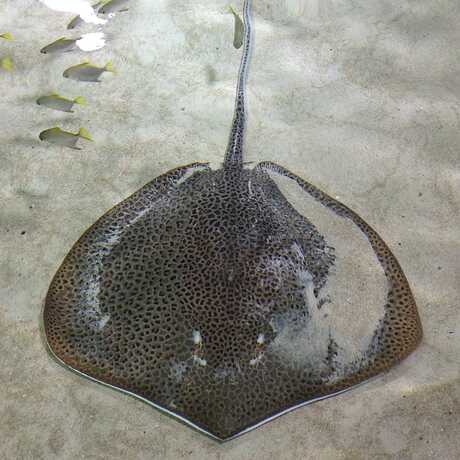
Scientific name: Himantura uarnak
Status: Vulnerable
Diet: Crabs, shrimps, bivalves, gastropods, worms, jellyfish, bony fishes
Reproduction: Viviparous
Photo credit: Steven Walling, CC BY via Wikimedia Commons
Bluespotted stingray
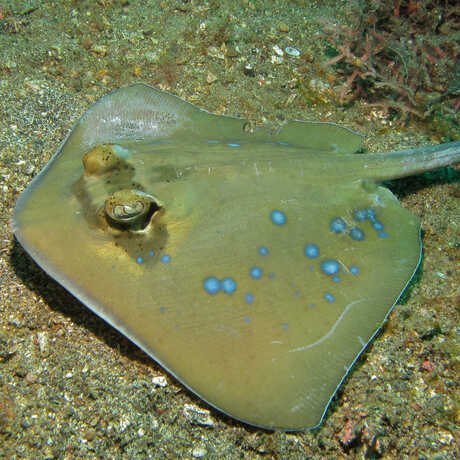
Scientific name: Neotrygon kuhlii
Status: Data deficient
Diet: Shrimp, crabs
Reproduction: Ovoviviparous
Photo credit: Bernard Dupont, CC BY via Wikimedia Commons
Diamond fish (or Mono)
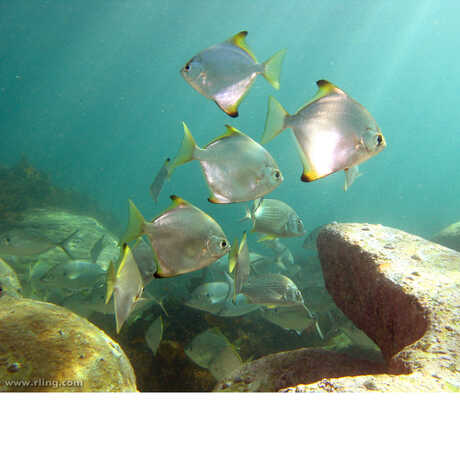
Scientific name: Monodactylus argenteus
Status: Not yet assessed
Diet: Plankton and detritus
Reproduction: Broadcast spawners; males and females shed gametes into the water, where fertilization occurs
Photo credit: Richard Ling, CC BY
Convict surgeon
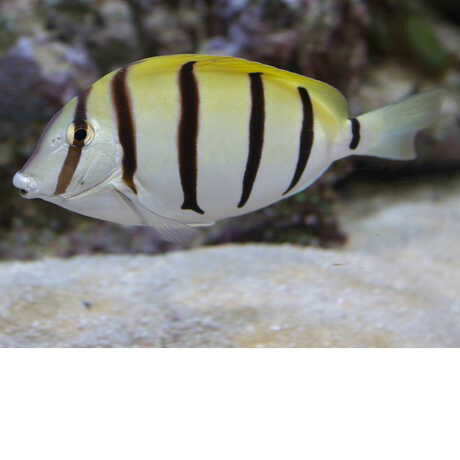
Scientific name: Acanthurus triostegus
Status: Least concern
Diet: Benthic algae
Reproduction: Oviparous broadcast spawners; found in large groups (up to several hundred) that exhibit mass spawning behavior
Photo credit: briangratwicke, CC BY
Copperband butterflyfish
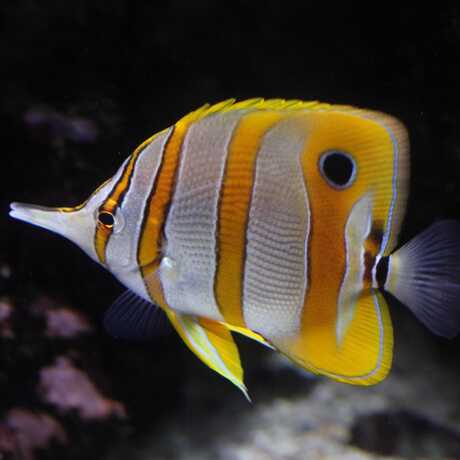
Scientific name: Chelmon rostratus
Status: Least concern
Diet: Benthic invertebrates, which it finds in rock cervices with its elongated snout
Reproduction: Oviparous
Photo credit: Ruben Undheim, CC BY
Indian pompano
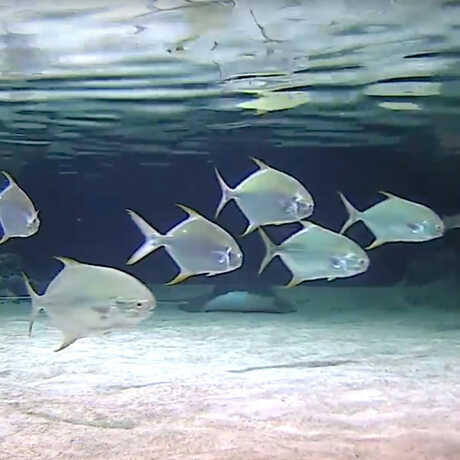
Scientific name: Trachinotus mookalee
Status: Not yet assessed
Diet: Small fishes and crustaceans
Reproduction: Broadcast spawners
